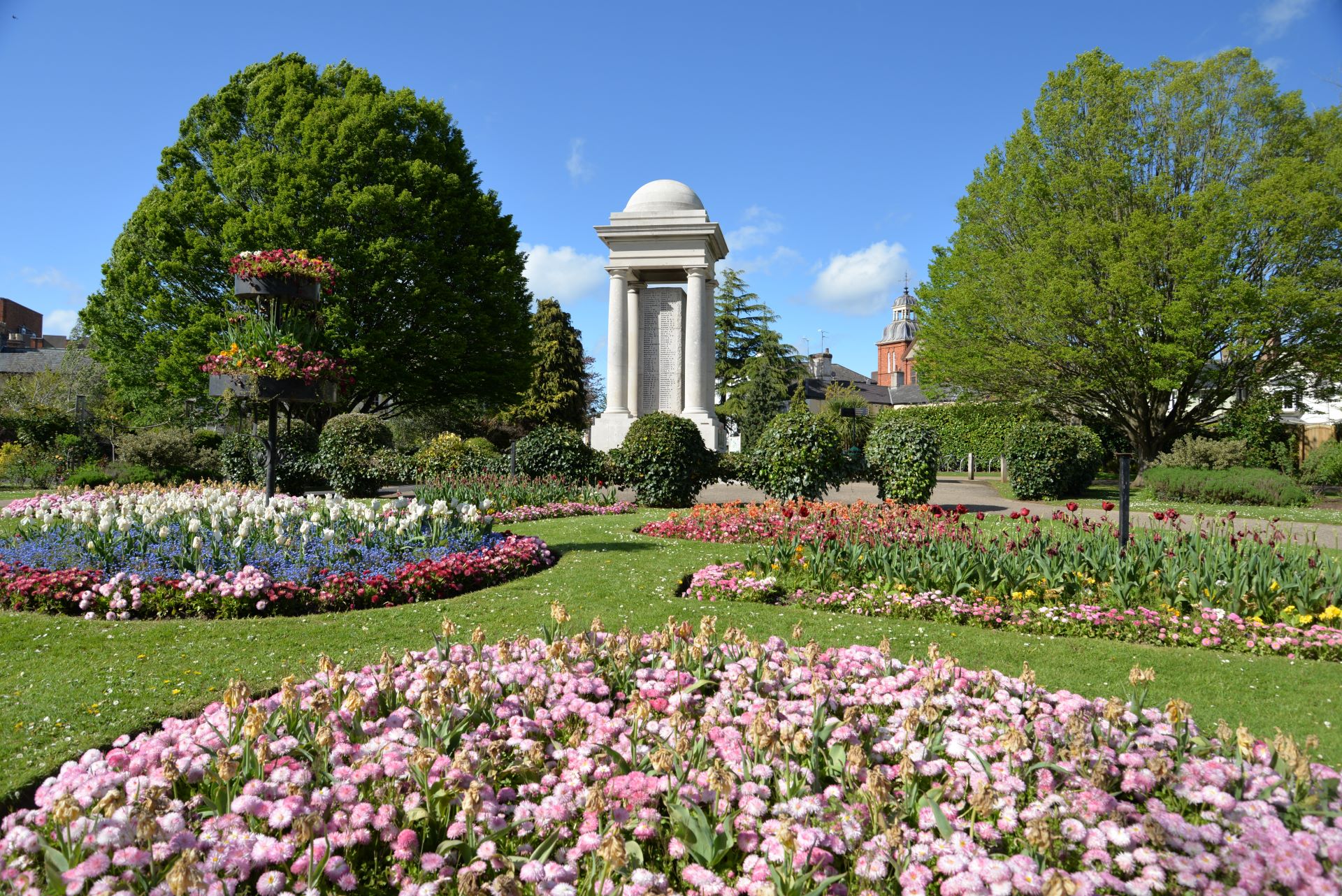
This final blog in our series on balanced locations brings us to Taunton, an idyllic town near the southwest England countryside with a captivating history, landscapes and arts and culture scene that have earned the town its spot on our list of perfectly balanced places to live per our report, “Six Pillars of Success: Building Resilient Places”.
If you have yet to read our blog that introduces these pillars, we consider a ‘perfectly balanced’ place to be:
- One that houses a suitable mix of chain and independent retailers at optimal sizes
- Supplies unique offline experiences that meet the community’s needs
- Provides community infrastructure that supports daily living
- Offers adequate residential properties for the community
- Offers employment opportunities and flexible working spaces
- Encourages time spent outdoors in green spaces
So, what exactly are the driving factors behind Taunton being a perfectly balanced place to live?
Pillar 1: Representation & proper sizing of independent & chain retailers
Taunton’s town centre benefits from a mix of well-known brands like Primark, TK Maxx, Sports Direct and Marks & Spencer, while also being home to thriving independent and specialist retailers. In fact, independent retailers in Taunton comprise ~50% more of the retail mix than benchmark locations.
Bath Place stands out as a particular hub for independent retailers. Dating back to the 18th century, this historic street is lined with an array of independent businesses and services that can be reached on foot by pedestrians. Many of the shop fronts feature their original detailing to truly transport passers by into the Georgian era.
Pillar 2: Uniquely tailored offline experiences
To get in on the sports, music and leisure scene in Taunton, Somerset County Cricket Club has something for every type of enthusiast. Founded in 1875, this renowned sports club situated close to the town centre represents the county of Somerset. To this day, it serves as a spot for watching cricket, attending concerts, catching a film at its open-air cinema and much more.
For those looking for a community social hub that doubles as a performing arts centre, look no further than Taunton Brewhouse. As the region’s principal arts centre, its programme of high-quality dance, musical and theatre shows along with workshops and pop-up shops create a diverse and all-encompassing environment that appeals to one and all.
There is also no shortage of cafes, restaurants and bars to satisfy locals day or night.
Pillar 3: Engaging community infrastructure
Taunton’s centre is brimming with museums, galleries, a library and numerous services to meet locals’ varying needs and interests.
A visit to Taunton Castle, a Grade I Listed Scheduled Ancient Monument, can be paired with the Museum of Somerset, also situated within the 12th century castle walls, housing prehistoric artifacts to modern galleries. The Somerset Military Museum is also housed within the Museum of Somerset. A historic almshouse saved by the Taunton Heritage Trust can also be found on the Museum grounds.
At the heart of the town lies Taunton Library, a public library that offers internet access and printing services. Civic services such as the Somerset Registration Service, Jobseekers Recruitment Services, Taunton JobCentre and the Somerset Council offices can also be found here.
A modern and affordable Nuffield Health gym boasts plenty of equipment and classes, encouraging locals’ maintenance of fitness and wellbeing.
Pillar 4: Support social cohesion through optimised residential design
Situated close to the picturesque countryside while also having well-connected transport links, inhabitants of all ages and demographics can appreciate what this town has to offer. Taunton’s housing market appeals to a variety of renters and homebuyers, with a broad range of housing available from charming cottages to contemporary flats. Average house prices in Taunton are lower than seen across the southwest. At just £786, monthly rental payments sit at 22% of local income levels (below national averages of 25%).
Pillar 5: Sufficient & accessible work opportunities for the local population
Taunton is a major regional employment hub. The town is accessible via the M5 and has good train links including a direct service to London in under two hours, making it an appealing place to live for commuters. Only 1.61% of Taunton’s population is considered to be “Economically Active: Unemployed”.
Pillar 6: Appealing open spaces for the community to dwell in
When in need of a break from city life, locals and visitors can escape into one of Taunton’s many parks and nature oases.
Vivary Park is a popular choice that is just a few minutes away from the town centre. With its namesake inherited from its medieval usage as a fish farm or vivarium for the priory and castle, the park features a mini golf course, tennis courts, playground and model railway. In just a short drive from Taunton, Blackdown Hills National Landscape, considered an Area of Outstanding Natural Beauty, can be found, offering visitors breathtaking landscapes and opportunities to hike, cycle and spot wildlife.
To learn how our six property pillars can help ensure you are creating resilient places, please speak to one of our Placemaking and Property experts.










